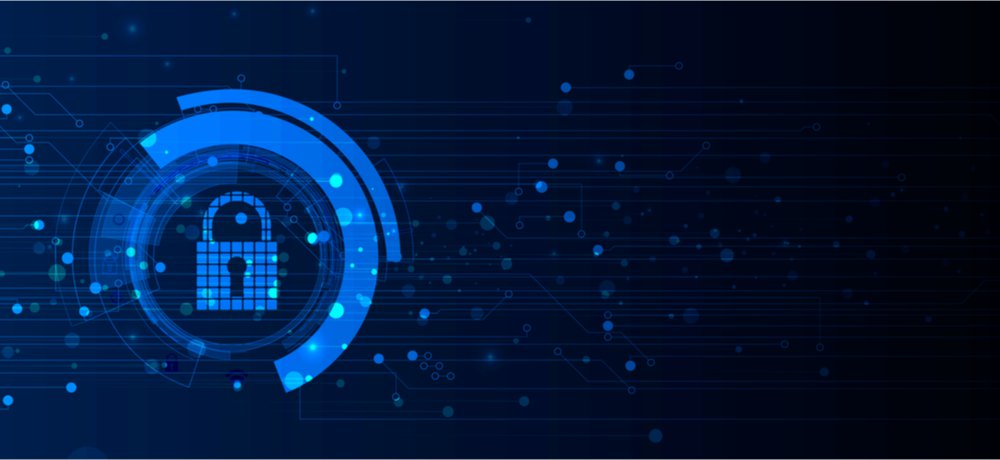Network security focuses on the actual network itself, which supports various systems and applications. Most network security is distributed. We suggest that an awareness of service security (part of distributed control of the network) and control systems will increase the effectiveness of the controls available in the network. This is not just any control, but one that can assist the user in an acceptable way. There are network security controls that can be applied to the network and affect the security, such as firewalls and intrusion prevention systems, which is why it is better to use a SD WAN instead.

“Control Systems” which are described in the next subsection refer to the collection and classification of signals, such as authentication, authorization, logging, analysis, and auditing of network traffic to identify, track, block, or identify hostile activities on the network.
Group Security Control Systems
All systems must maintain a common understanding of the control system and the information systems involved. Distributed systems typically require better system controls than local, or alone-managed, systems. If each person can manage only his or her own local computer, then neither person has any control over the complete system. Distributed systems usually need a means of maintaining and performing critical tasks on the computer, while maintaining the safety of the network. With the possible exception of system and application monitoring, security control is among the most important controls to maintain.
Control systems which operate over the computer are called “control systems”. Many of these control systems are embedded in an operating system and run on the local computer.
Physical security is an essential element of computer security, but physical security is a function of the local computer environment, a physical and operational component. Also, physical security is primarily about physical security of the information system components and connections, and the physical separation of the computer and network elements. In addition to physical security controls, physical security measures may include remote access. For a distribution network, control system and physical security should be in accordance with the Distribution Control Policy.
The control system is made up of one or more groups of computer applications and the local computer. Control systems are capable of administering, monitoring, and performing the actions described herein.
Controls apply to the computer system, operating system, and other software included with the computer. This includes the way network communications are initiated, terminated, handled, and performed, the protocols used between system components, and control of the contents of the network files and documents. A control is a security control that is applied to the computer system, and the network (a communication medium), while the computer is online or offline. There are multiple levels of security in place on a computer, and a complex system of security controls can be implemented. However, the majority of these controls, the more general use controls, and the tasks performed by a control are the same on a computer and in a networked environment. You can consult providers like EATEL Business and ask how they protect your network and how they control it.
The next subsection describes each of the control classes of applications. The descriptions of these controls show how and why control classes are used.
Authentication Control
Authentication control enables the network to be secured by users, with no access controlled. A secure network relies on a system of authentication that guarantees the identity of each user, or single individual. Authentication controls prevent fraudulent or unauthorized changes to the database.
Authentication controls provide a basic protection of the database from unauthorized persons and unauthorized changes. Authentication controls enable the network to be secured by users with no access controlled. Authentication controls prevent fraudulent or unauthorized changes to the database.
